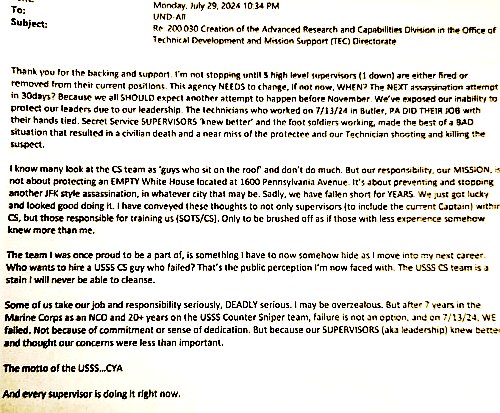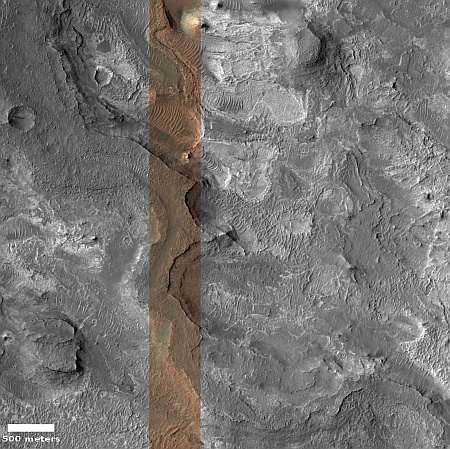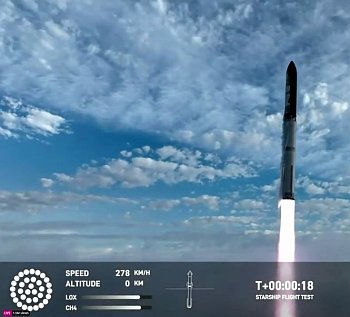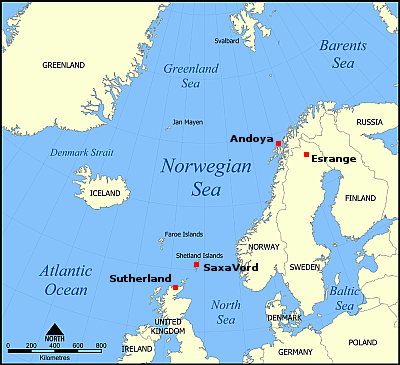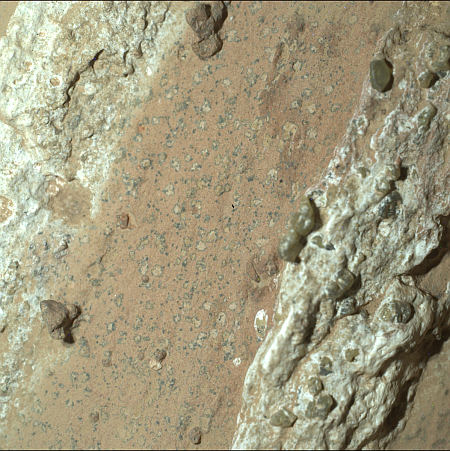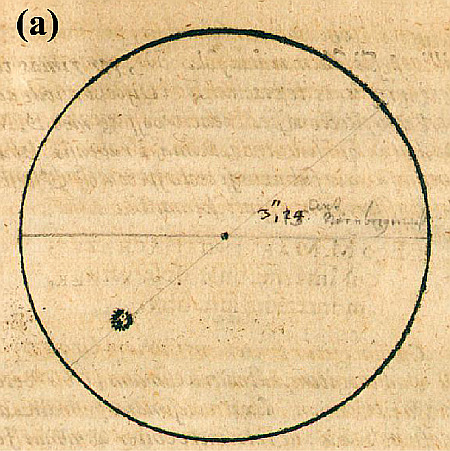Surprise, surprise! As expected after NASA proposed major cuts in several missions, such as the Chandra Space Telescope and the OSAM demo robotic refueling mission, the subcommittee of the Senate Appropriations Committee has rejected those cuts and instead proposed that NASA not only get everything it asked for, it be forced to take more money than it requested.
I am certain that NASA is not going to complain, as this was its plan from day one. The cancellation of Chandra was intended as a toddler’s tantrum that our weak Congress was certain to bow to and come up with the cash. It has now done so.
The report directs NASA to spend at least $98.3 million on Hubble and up to $72.1 million on Chandra, similar to the budgets for those missions in recent years, emphasizing the ability of the telescopes to work in conjunction with the James Webb Space Telescope.
In this case the Senate action makes some sense, as these cuts would have been penny wise and pound foolish. But NASA knew that. If the Senate was really interested in controlling the budget (which it is not) it would have funded Chandra and Hubble as described, but demanded cuts from NASA elsewhere.
Instead the Senate committee not only demands that these telescopes be maintained, it doles out extra money the nation doesn’t have for other projects that NASA wanted to cut for entirely legitimate reasons. OSAM for example was conceived more than a decade ago as a mission designed to demonstrate robotic refueling in space. After spending a billion and a decade, it had still not flown, and during that time private companies had not only successfully demonstrated this capability several times for far less, they had done so in a far simpler and more profitable manner. The technical need for OSAM was gone. Why spend the additional billion we can’t afford for a project that will prove nothing?
Congress, especially the Senate, likes wasting money however, and so the appropriations committee in an entirely bi-partisan effort is pushing to revive OSAM, as well as several other projects that have either gone over budget or NASA had deemed correctly were unaffordable.
The dark age has already begun in many ways, but its official start will be marked by future historians by the date the United States undergoes a full financial collapse, due to its government’s unwillingness to rein in a national debt that is now in the many many trillions and growing uncontrollably each day.





